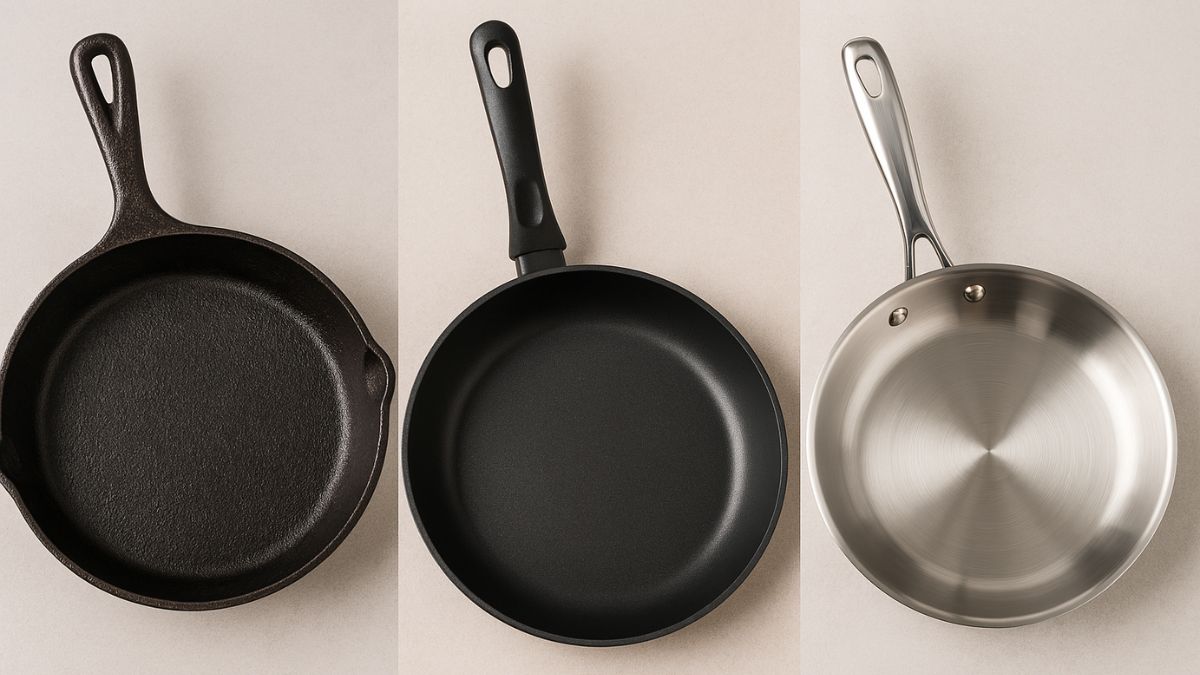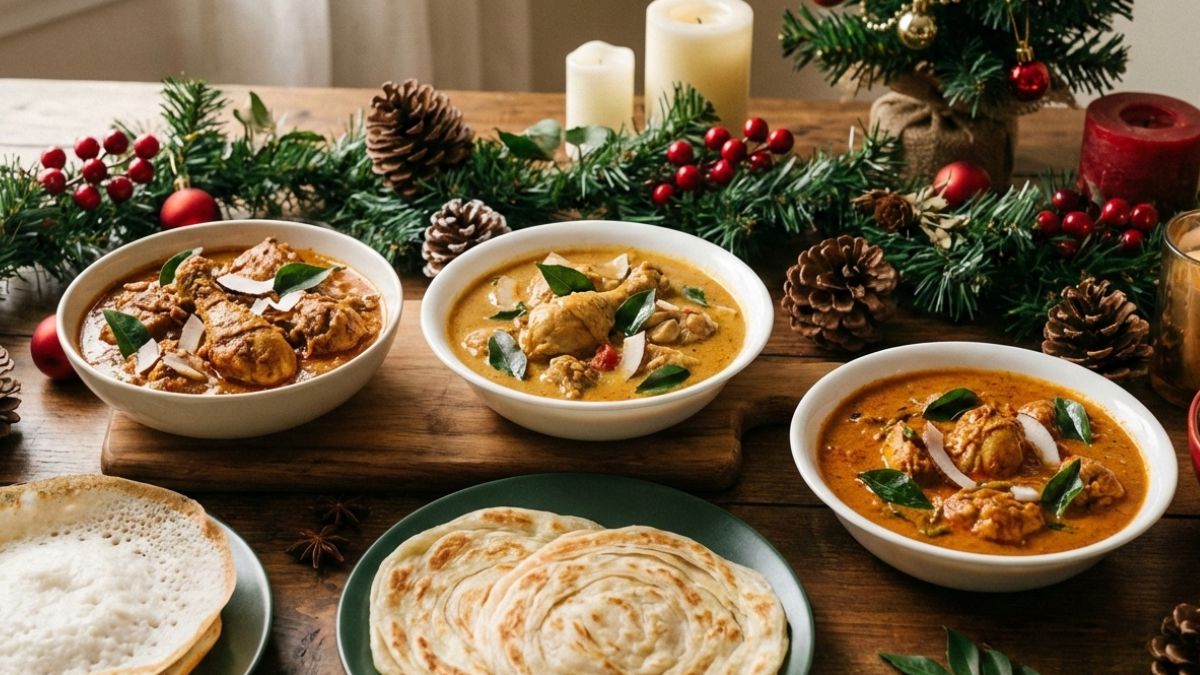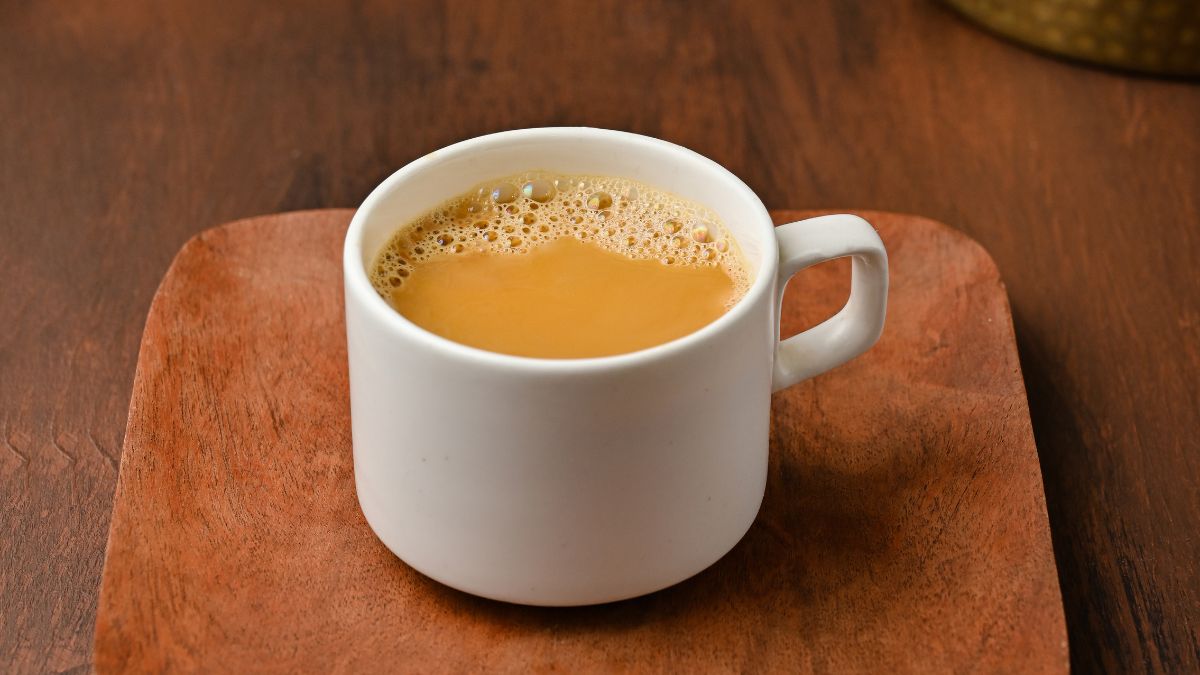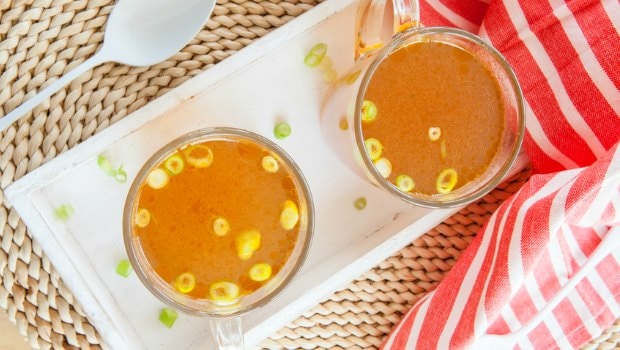The numero uno tonic of Paleo diet (which is based on eating like how our ancestors did, living on fruits, berries and meat), bone broth no doubt comes with a host of health benefits. It is made by slow cooking bones along with some shreds of meat for a really long time (24-48 hours even!). Flavour boosters like onion, garlic, herbs, black pepper and other spices can also be tipped in during the cooking process to lend in more depth. In the end, what you acquire in your cooking pot is a velvety, amber hued liquid from disintegrated bones, which is immensely delectable. Since during the cooking process various vital minerals, amino acids and collagen are extracted from the bones, it is touted as an incredible drink that helps in boosting energy and immunity, strengthening the joints and promoting better sleep.
Bone Broth - the Nutritious Fix
What I love about recipes like bone broth is the fact that even bones and leftover skins are put to good use. Perhaps that was how it was conceptualised in the first place. As a hunting tradition, our ancestors are known to have used the entire animal, leaving nothing behind, as a show of respect. My mother follows the same ideology. When meat is brought in the house, the chunkier bones are segregated and kept in a separate container in the freezer. During the course of the week, as various dishes are prepared, more bones are collected and added to that container. In the end, those bones are slow cooked to make a hearty broth, which is served with freshly baked dinner rolls and pie.
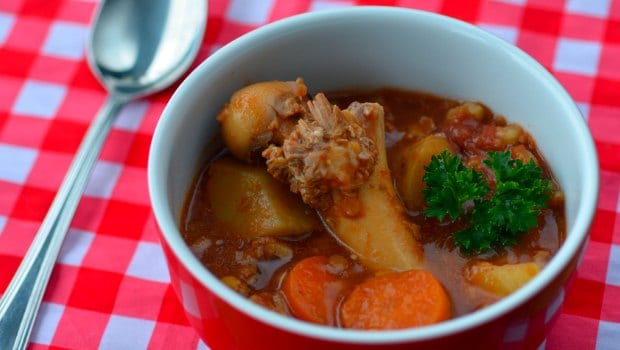
Traditionally, across various cuisines, bone broth was often used as the foundation for preparing soups, gravies and sauces. Take our Nalli Nihari for instance; it is an outcome of bone broth. While many refer to bone broth as meat stock, they are different from each other. Both of them use bones, cartilage and skin which when heated gives them their gelatinous texture, but stocks are devoid of seasonings. A broth, on the other hand, can be enjoyed on its own as various ingredients are added to it to boost the flavour.
How to Make Bone Broth
Chef Jaydeep Mukherjee of Indigo Deli says, "A bone broth is simple to make, requiring only a few ingredients but tons of patience. If done right, it has the potential to lift an average dish to ethereal star restaurant level. A good broth is always a result of slow simmer. You can't rush it. You need at least half a day for broths made from beef, pork or goat. Most great restaurants would have it on the fire for over a day!"
Chef Vikram Khatri of Guppy says, "We make a cha shu stock for our ramen from pork where we use bones from the ribs, trotters and the head (with the brain removed). First you need to take off any blood or blood vessels from the bones, and wash clean. Then break the bones into smaller pieces using a hammer. Depending on when you started cooking, it is essential to continue to boil the broth for 24 hours or until desired consistency and colour is reached, the meat has completely separated and broken down in the broth."
When my mother prepares bone broth, she starts in the morning, keeping it in the back burner throughout the day. We get to savour the heart soup only for dinner. Yes, it takes a good amount of patience to make it but is worth all the effort.
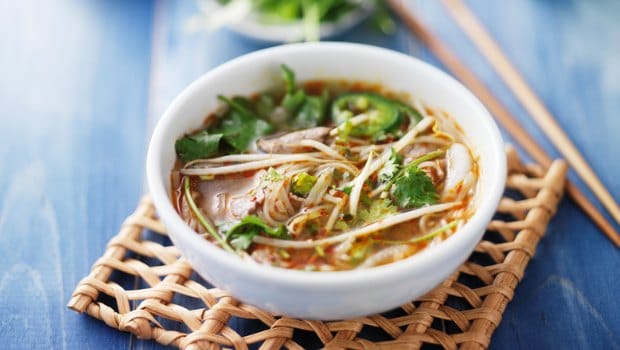
Tips to keep in mind while making bone broth at home -
1. Get the freshest bones possible.
2. Knuckles and joints work the best as they contain the most collagen.
3. Bones should be clean and devoid of muscle trimmings, fat and blood as these make the broth cloudy
4. Bones - especially hardy ones from large carcasses should be blanched once prior to use.
5. Slow cook the broth for at least half a day for good flavour.
6. Bone to water ratio: the general rule of the thumb is to add enough water to cover the bones. Water is replenished from time to time as more and more of it evaporates during the prolonged cooking process.
Adding Flavours to Bone Broth
You can add a host of flavours to make the broth more palatable. It all depends on what you would like to create. If you want to use the broth as a base to make other soups like French onion, consommé or shorbas then you can add in the vegetables, spices and herbs accordingly. However, Chef Mukherjee points out, "It is important to note that spices and herbs, more so the latter, have extremely volatile fragrant oils; they should be added in only during the later stages of cooking and not be subjected to prolonged cooking."
For Indian flavours, you can play around with whole spices like cinnamon, cardamom, cloves, nutmeg or saffron, and for European flavours, try aromatic vegetables like parsnips, carrots, leek and celery coupled with herbs like rosemary and tarragon. I usually like to sprinkle a good amount of freshly ground black pepper along with ginger gratings, especially during winters. Chef Khatri uses a mix of veggies and seaweed to add some depth to the ramen broth.
Recipes to Try at Home
1. Cha Shu Broth
Recipe by Chef Vikram Khatri
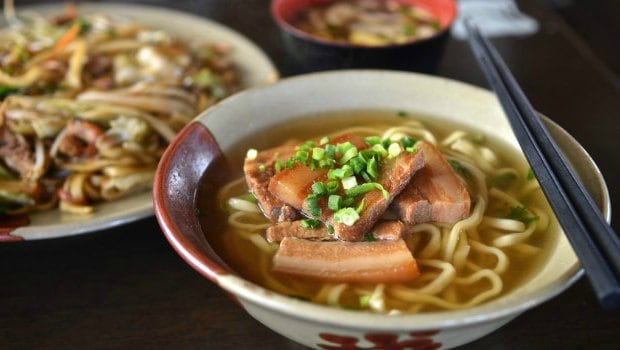
2. Seared Mushrooms and Chicken Broth
Recipe by Chef Jaydeep Mukherjee



